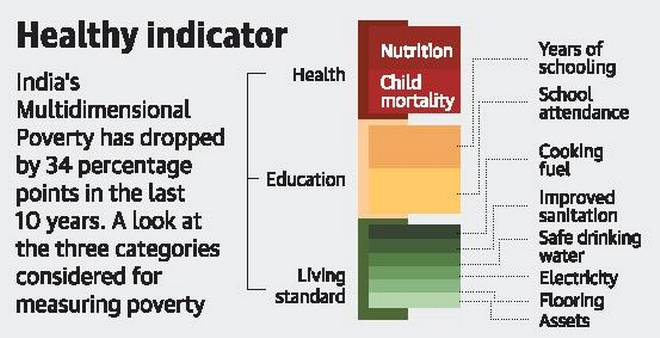Hepatitis C
- In Uttra Pradesh, Bijnor district, Pahuli village has emerged as a hotspot of hepatitis C infection.
- Hepatitis C is caused by Hepatitis C virus (HCV) that affects the liver.
- It has the same mode of transmission as HIV, spreading through blood, injecting drugs, blood transfusion and sexual activity, and from mother to child during pregnancy.
- The Central government estimates that about 1.2 crore people are positive for hepatitis C in the country.
- The estimate is six times the number of people living with HIV/AIDS.
- Viral infections of the liver that are classified as hepatitis include hepatitis A, B, C, D, and E.
Open air Jail
- The Tamil Nadu Prison Department is to construct an open air jail at Thirumalaisamudram in Thanjavur district.
- Open air jail has relatively less stringent rules as compared to the controlled jails.
- The fundamental rule of an open prison is that the jail has minimum security and functions on the self-discipline of the inmates.
- There would be no boundary wall and prisoners could work as normal people and required return to the barracks only at night.
- 17 states in India are reported to have functional open jails.
- Rajasthan has the highest open air jails (29 open air jails).
- The United Nations Standard Minimum Rules for the Treatment of Prisoners, popularly known as the Nelson Mandela Rules, laid down the objectives of open prisons.
- Prisons in India are governed by the Prisons Act, 1900 and each state follows their prison rules and manuals.
- Prisons in India, and their administration, are a state subject covered by item 4 under the State List in the 7th Schedule of the Constitution of India.
Research on Stalagmite
- Physical Research Laboratory (PRL), Ahmadabad analyzed bits of a stalagmite from Kotumsar cave in Central India.
- The analysis has revealed variations of the Indian summer monsoon over some 3,000 years, starting from 8,500 years ago to 5,600 years ago.
- The Kotumsar cave is 35 metres below ground level and located in the Kanger Valley National Park of Chhattisgarh.
- The stalagmite in this region is formed by slow dissolution of the Kanger limestone by water from the Indian summer monsoon.
- Stalagmite and Stalactite are elongated forms of various minerals deposited from solution by slowly dripping water.
- The analysis also studied the Speleothems which are rocks that were formed in caves over several years by the deposition of water from monsoon.
- They hold records of seasonal variation and help in understanding Paleoclimate.
Multidimensional Poverty
- A paper titled ‘Estimates of Multidimensional Poverty in India: Evidence from National Family Health Survey-4 (2015-2016)’ reveals the reason for significant reason for Multidimensional Poverty drop.
- The poverty levels fell from 55% to 21% in a decade and it is deu to the lowered burden in the southern States.
- MDP is an international measure of acute poverty based on three key categories — health, education and living standards.

- The national average is 21% whereas in the five southern States (Kerala, Tamil Nadu, Karnataka, Telangana and Andhra Pradesh) the average MDP is 9%.
- Bihar is the poorest State with 43% incidence of poverty.
- Jharkhand, Uttar Pradesh, Rajasthan, Odisha, Madhya Pradesh and Assam are above the national average (21%).
- Chhattisgarh, which is affected by Left Wing insurgency, has done well, bringing down its poverty level from 71% to 22%.
NASA to send helicopter to Mars
- NASA is planning to send a helicopter to Mars to get bird’s eye view of the red planet.
- The Mars Helicopter, a small, autonomous rotorcraft, will travel with the agency’s Mars 2020 rover mission.
- However, the $55 million project is not part of the main Mars 2020 mission, which is to look for signs of past ancient life in the rocks of Mars.
- The aim is to demonstrate the viability and potential of heavier-than-air vehicles on the Red Planet.
- The helicopter also contains built-in capabilities needed for operation at Mars, including solar cells to charge its lithium-ion batteries.
- It also has the heating mechanism to keep it warm through the cold Martian nights.
- On future missions, a helicopter could act as a scout to help a rover navigate or even bring samples.
- Flying on the red planet is not easy as the thin air at the surface of Mars is the equivalent of being 100,000 feet above Earth.
- It is well beyond the limits of terrestrial helicopters although the weaker gravity helps in the case of earth.
Source: PIB, The Hindu
